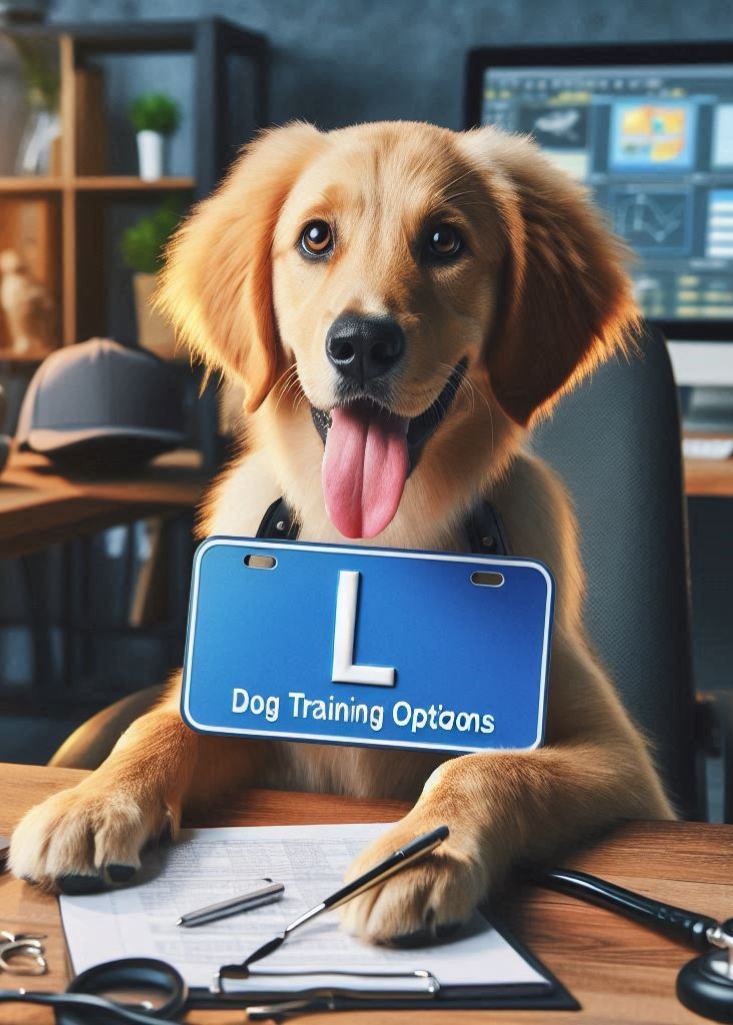Getting a grip on when to start leash training? Most experts suggest that you should start leash training once your puppy hits about eight weeks. Little pups are like sponges, soaking up all the new info you throw their way, and this age is just perfect for beginning to introduce a few simple commands and routines.
Early leash training isn’t just about teaching your pup to walk politely at your side. It’s also a fantastic opportunity to instill some discipline and nip any naughty habits in the bud. Puppies are naturally curious and sometimes a bit rebellious, and introducing a leash early helps them learn boundaries safely.
Starting leash training early isn’t just about control—it’s about instilling confidence. A pup that’s comfy on a leash is more likely to be calm and composed when out and about. This confidence makes a world of difference in crowded places or around other dogs. Plus, it gives a shy or anxious puppy the assurance that they’re safe and sound by your side.
Step-by-Step Guide: How to Leash Train Your Puppy for the First Time
Getting set for your first leash training session? Gather a comfy collar or harness that fits just right and a lightweight leash to kick things off smoothly. You’ll also want some tasty treats on hand since these are going to be your main method of rewarding your pup’s good behavior.
Your first mission is all about getting the pup used to wearing the collar or harness. Sometimes just letting them wear it around the house works wonders. Praise and snacks when they act cool with the new gear can make this experience fun rather than scary.
Once the pup’s chilled out with the collar, attach the leash and stick to a familiar indoor setting. The goal is to have them get used to the feel without all the distractions of the big, wide world. Keep it brief but repeat daily to build comfort and confidence.
As your little buddy gets more comfortable, try guiding them gently with the leash. Encourage them with cheerful calls and offer treats for coming towards you. This way, they start associating the leash with positive vibes rather than restriction.
Handling Common Challenges: Encouraging Walking and Discouraging Biting
Stubbornness and playfulness often tag along during leash training, but don’t worry, they’re natural. If your puppy hits the brakes and refuses to walk, try using a happy voice and some treats to coax them along. Patience is key here. Sometimes, changing directions or encouraging the pup to follow you can spark their interest.
Leash biting often pops up when pups treat the leash like a toy or are trying to get your attention. To curb this, offer a chew toy as an alternative whenever they go for the leash. It teaches them what’s appropriate to chew on without spoiling the playful spirit.
Using positive reinforcement can really make a difference. Whenever your pup walks on the leash without biting or sitting stubbornly, shower them with praise or give them a treat. This way, they’ll start to associate keeping it cool on the leash with good things happening.
Sometimes, giving them a little break can help too. If they’re losing interest or getting overwhelmed, a quick pause to sniff around can do wonders. Just keeping things light and relaxed helps your pup not see leash time as a battle.
Building a Routine: Maintaining Progress and Ensuring Continued Success
Keeping the momentum going with leash training requires making it part of your daily routine. Short, consistent sessions work wonders in reinforcing what your pup has learned. Leash walks can quickly become something your puppy looks forward to dramatically when they’re part of everyday fun.
Once your puppy’s initial leash skills are in a good groove, become adaptable. Notice how your puppy’s responses evolve as they grow and adjust your techniques to stay responsive to their changes. You might need to extend the walks or introduce more complex commands to keep challenging your pup as they mature.
Another essential part of leash training is making sure your puppy gets plenty of socialization. Safe exposure to different environments, people, and other dogs only adds to your pup’s confidence and versatility. This real-world experience is invaluable and enhances their overall adaptability.
Remember, recycling your training tools also keeps things fresh. Shuffle the rewards, try different routes, and vary your timing. These little tweaks keep the experience exciting and your pup’s skills sharp. Leash training is a journey, and the consistent changes make every step worthwhile for both you and your pup.
